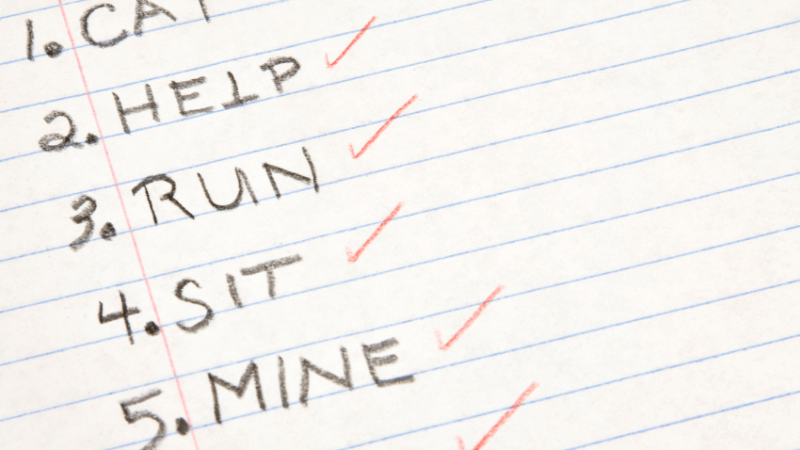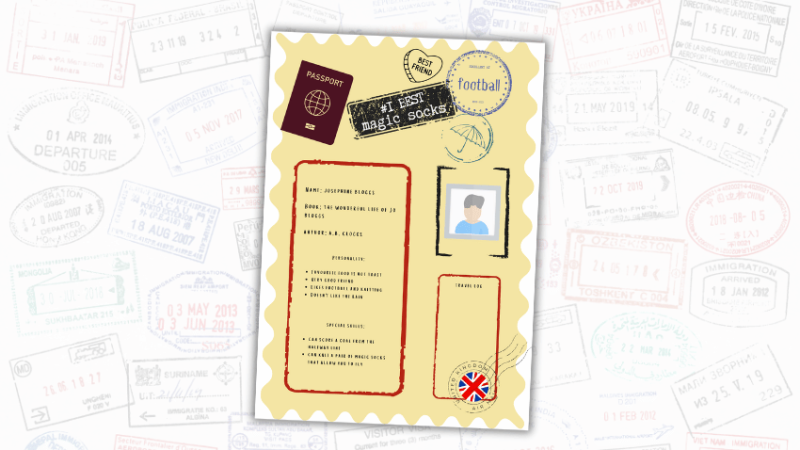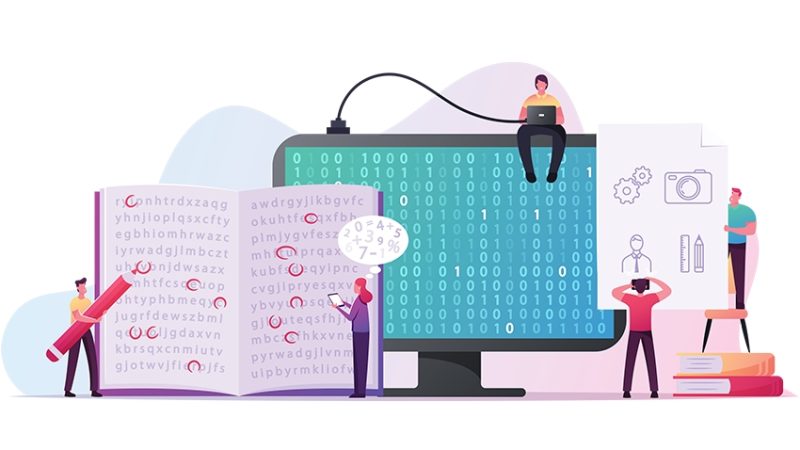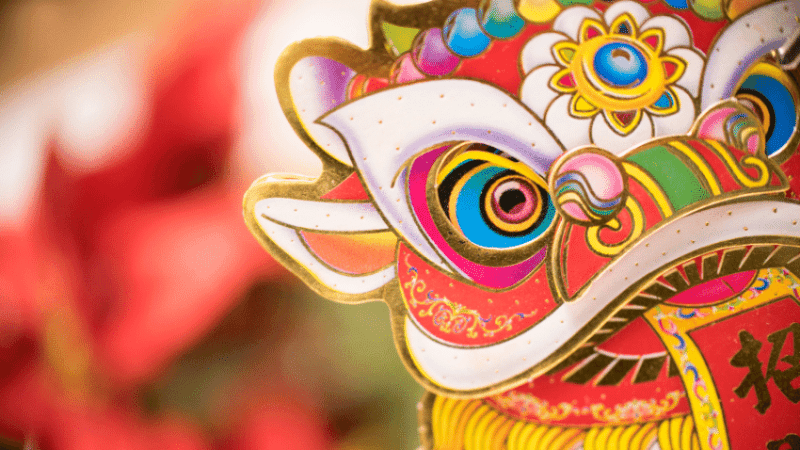A Simple Photo Can Spark Students’ Interest And Communication Skills In Your Target Foreign Language
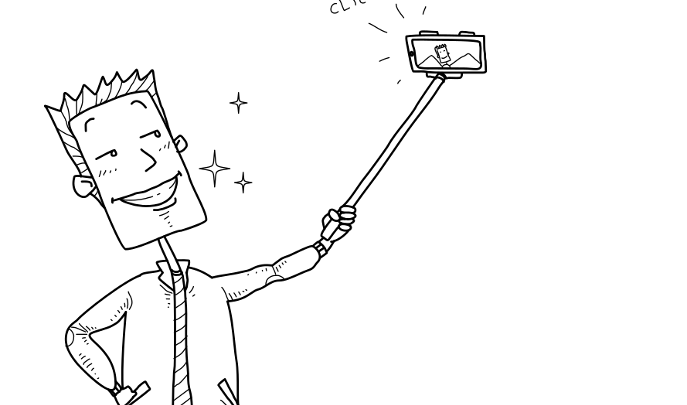
Carefully selected images can inspire impressive progress in students’ speaking skills, suggests Graham Foxley
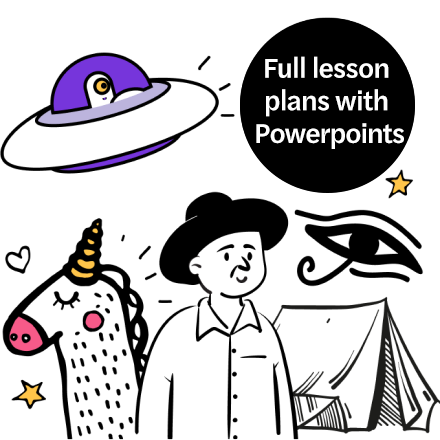
Getting learners to communicate effectively in the target language is at the heart of what we do as MFL teachers. We find ways to motivate, spark interest and equip students with the tools so that can say what they want to say. So how do we start? A simple photo will do.
From rote learning chunks of language to the development of more spontaneous responses, the move away from controlled assessment relies heavily on students having more than just a good memory.
Now more than ever, the ability to construct a response to unknown speaking and writing stimuli, presented in the foreign language and completed in controlled conditions is key to success in new frameworks for assessment.
With these specifications in hand, teachers up and down the country will be busying themselves with how to best prepare their students for the rigours of linear assessment and life after controlled assessments.
With many teachers agreeing that the loss of valuable teaching and learning opportunities was the single biggest drawback to controlled assessment, it is time to start afresh and get back to basics with pictures!
There is no end to how they can be exploited in the classroom. In fact, exam specifications require students to respond to visual stimuli as part of the speaking requirements of the GCSE, but why wait until then? Whilst this is to be expected of students in Year 11, there is no reason why those newbies in Year 7 can’t get started straight away…
Starter activity
Students need to be hooked with an off the wall, open to interpretation, wacky picture. It could be a cartoon character, a photo-bombed selfie or simply an image of something culturally significant relating to the country of the language being studied. Careful modelling first of an example photo (maybe with some start-up phrases such as ‘hay’, ‘es’ ‘no es’ etc) will set the ball in motion for self-expression.
Using dictionaries, tell students that you want them to find a word which links to the photo. You might ask students to build a list of nouns or verbs relating to what they can see.
They could come up with random words themselves that can be categorised into word types at a later stage. They can look up an adjective to describe how they feel when they see the image. You may even ask them to identify a colour or a particular theme.
For the less able, you may even ask students to start off in English. Instilling a sense of purpose, ownership and confidence is what matters the most here and your students will be in the driving seat from the beginning. You can cast any inaccuracies and mispronunciation aside at this stage.
Main activities
For beginners: Put students into pairs. Give Student A one photo and Student B a different photo. You could use photos containing items linked to the vocabulary you’d like to teach.
In a Year 7 class, for example, when teaching nouns and gender give Student A a picture of a school bag containing masculine objects and give Student B a picture of a bag containing feminine objects.
Using dictionaries, students look up the vocabulary of the items in each image before sharing newly learnt words with their partner. The students are effectively ‘playing teacher’ as you have tasked them with finding out language that they will then need to share with their partner.
• What words have you identified? • What links can you spot? • What do all the words have in common?
Providing students with the opportunity to teach their peers is not only a great motivational tool, it allows learners to lead activities from the very beginning.
Mid-way: Pictures can be used to allow students to give opinions and compare and contrast ideas. You can give your students a list of vocabulary to include in their responses to act as scaffolded support where necessary.
In a Year 8/9 class, display two contrasting images linked to a topic that has been recently introduced. Examples may include holidaymakers on a beach in Benidorm to skiers in the Picos Mountains. Questions and prompts to provoke communication may include:
• ¿Qué se puede ver en Foto 1 y Foto 2? ¿Qué hay? • Describe las similitudes entre las dos fotos • Describe las diferencias • ¿Qué foto prefieres? ¿Por qué? • Si pudieras, ¿preferirías pasar las vacaciones en la playa o en la montaña?
Of course other differentiated questions can be asked and students can whiz around the classroom asking each one another once the task has been completed. By all means provide feedback as you listen but do not lay too many demands on accuracy!
Providing an opportunity for fluency is the aim of the game here and we must not deter our learners from having a go.
For advanced learners: Higher-level students may benefit from being given more of a free rein when it comes to writing and speaking activities. Nevertheless, photos can be used to target thinking and ideas relating to a specific theme or topic that has been studied.
One activity which works well is getting students to write as much as possible about a picture in timed conditions. Competitive elements work wonders and providing a time frame allows students to work under pressure – something they’ll need to do in the exams!
You may insist on students writing a set number of words about a photo or getting them to include a range of specific phrases or tenses that have been recently introduced.
You may wish to return to the exercise a few weeks later (once newer language has been taught) to enable students to redraft and add more ideas to their existing responses. Peer assessment also has a role to play here:
• What do you like about what your partner has said? • What language phrases did your partner use? • Which tenses did you understand? • Outline how you could incorporate your partner’s ideas into your own response.
Moving forward
In addition to normal exercise books, I have started giving students what we in our department term as ‘bank books’. Once language has been introduced and ideas have been shared, I actively encourage students to ‘bank’ words and stock phrases that they have learnt (or found themselves) so that they can be recycled for future use.
This stock-piling of language happens after the completion of every writing and speaking task and students can refer back to their bank books when they wish to reuse language the next time around. Such phrases may include:
• en la foto hay • en el fondo se puede ver • puedo ver • me parece (que) • me gusta que + subj
There is a lot to be said about the benefits of visual stimuli in language learning. From images in a cultural setting to photos of football teams and Pokémon – using the right image in the classroom can help facilitate communication at all levels.
Graham Foxley is Head of MFL at Plympton Academy in Plymouth. In 2016, 92% of students studying GCSE Spanish achieved A* to C with 50% achieving A* to A.






